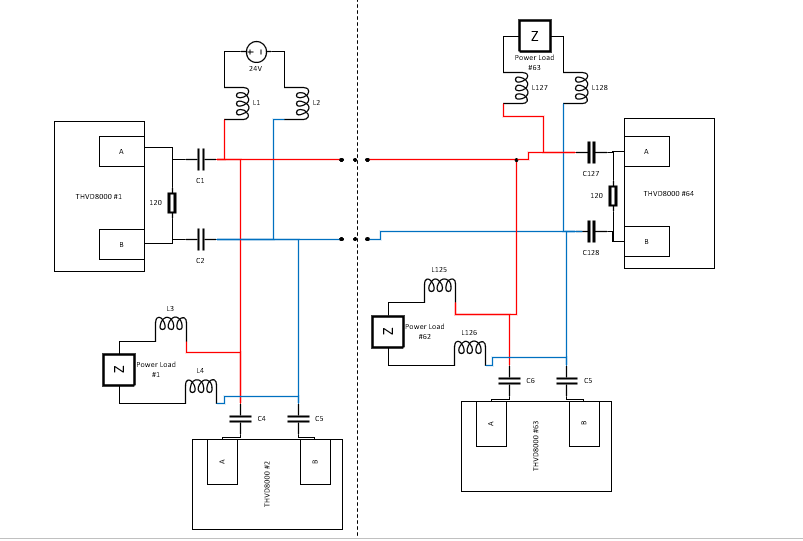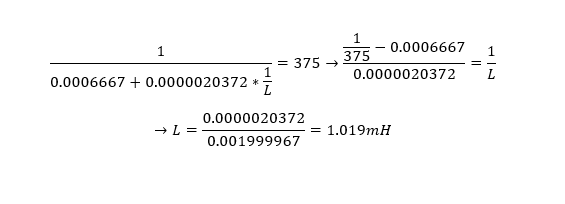Hi team,
My customer have a question.
"o date, our products are powered by 24V DC (+/- 20%) and GND. They communicate in RS485 with the SN65HVD75DGK driver.
We could physically remove the RS 485 to pass the data over the power bus.
The THVD8000 component seems to be ideal for this, but in the documentation, we can read this: "Voltage at A or B inputs (differential or with respect to GND): –18V(min) to 18V(max)"
I think that's the problem,
How can we find a solution?"
Thank you very much for your help.
Best regards,








